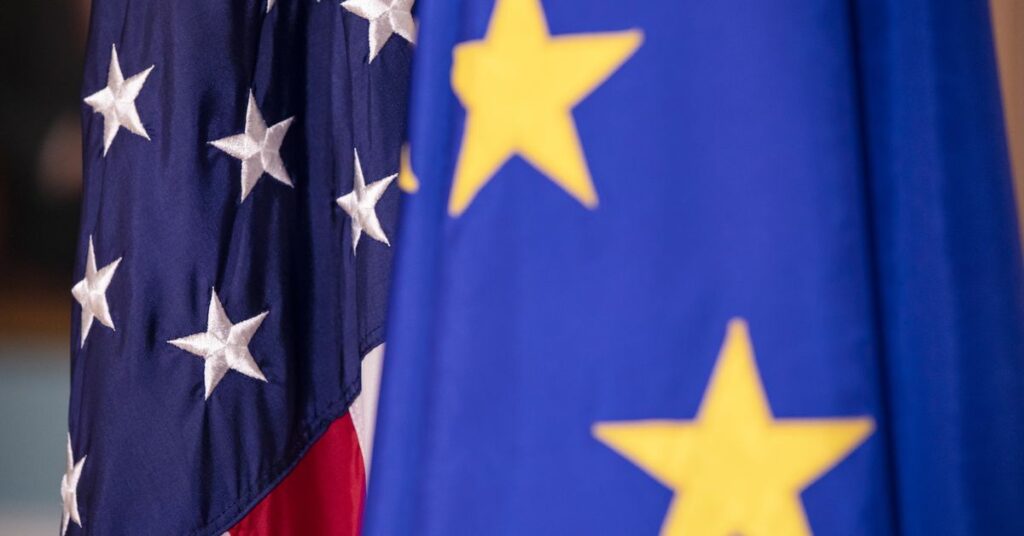MiCA has arrived in Europe: What will be the U.S.’s next move?

On Sunday, the first wave of the European Union’s landmark, comprehensive law governing digital assets will take effect. With the Markets in Crypto-Asset Regulation (MiCA) framework, Europe has succeeded in providing legal and regulatory clarity for not just one piece of the digital asset market, but the entire market – something other jurisdictions, including the U.S., have been avoiding.
Catalyzed by concerns about Big Tech like Meta’s Diem (formerly Libra) initiative entering financial markets and fears of unchecked cryptocurrency, the last five years have seen significant policy development in Europe. MiCA will bridge digital assets and the real economy in a way that is distinctly European.
Dante Disparte, chief strategy officer and head of global policy at Circle, shared these thoughts.
While the first decade of crypto was characterized by boom and bust cycles, the industry has evolved into a uniquely American market. The U.S. dollar serves as the pricing benchmark for digital assets and plays a significant role in internet finance. MiCA aims to give euro-denominated stablecoins a chance at success by providing them access to a large consumer market.
Some aspects of MiCA focus on protecting European consumers and investors, while also promoting economic and technological sovereignty. Offshore stablecoins are not permitted under MiCA, and stablecoin issuers must comply with e-money licensing requirements in Europe. This requirement aims to enhance consumer protection and eliminate non-compliant entities from the market.
It is essential for licensed entities to have a presence in an EU jurisdiction to ensure accountability and compliance with regulations. MiCA brings stability to the crypto industry and marks a significant change for participants, with compliant tokens having a common regulatory floor for competition and interoperability within the EU market.
While MiCA is not without imperfections and overly prescriptive in some areas, EU policymakers are considering future revisions to address gaps in the regime. In contrast, the U.S. lacks federal regulations, allowing the industry to flourish. Options for potential collaboration between the U.S. and EU in digital assets include forming a transcontinental Western alliance to uphold shared democratic values.
With the implementation of MiCA, the U.S. is encouraged to reclaim its position as a global leader in financial services regulation and innovation.
Source link
#Europes #MiCA #Finally #U.S #Respond





